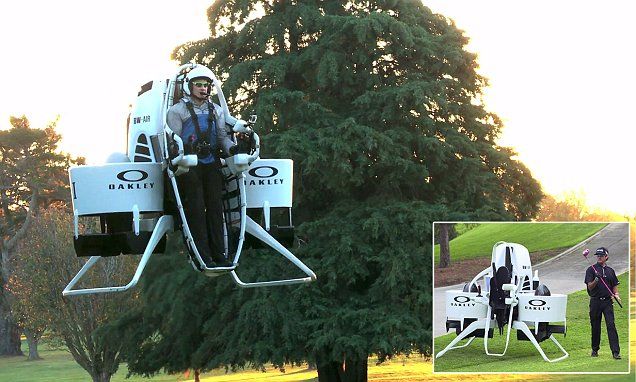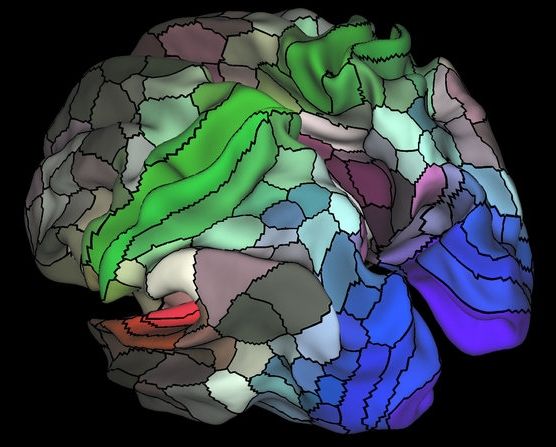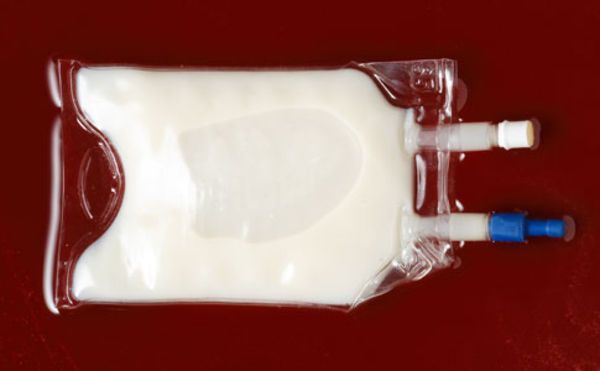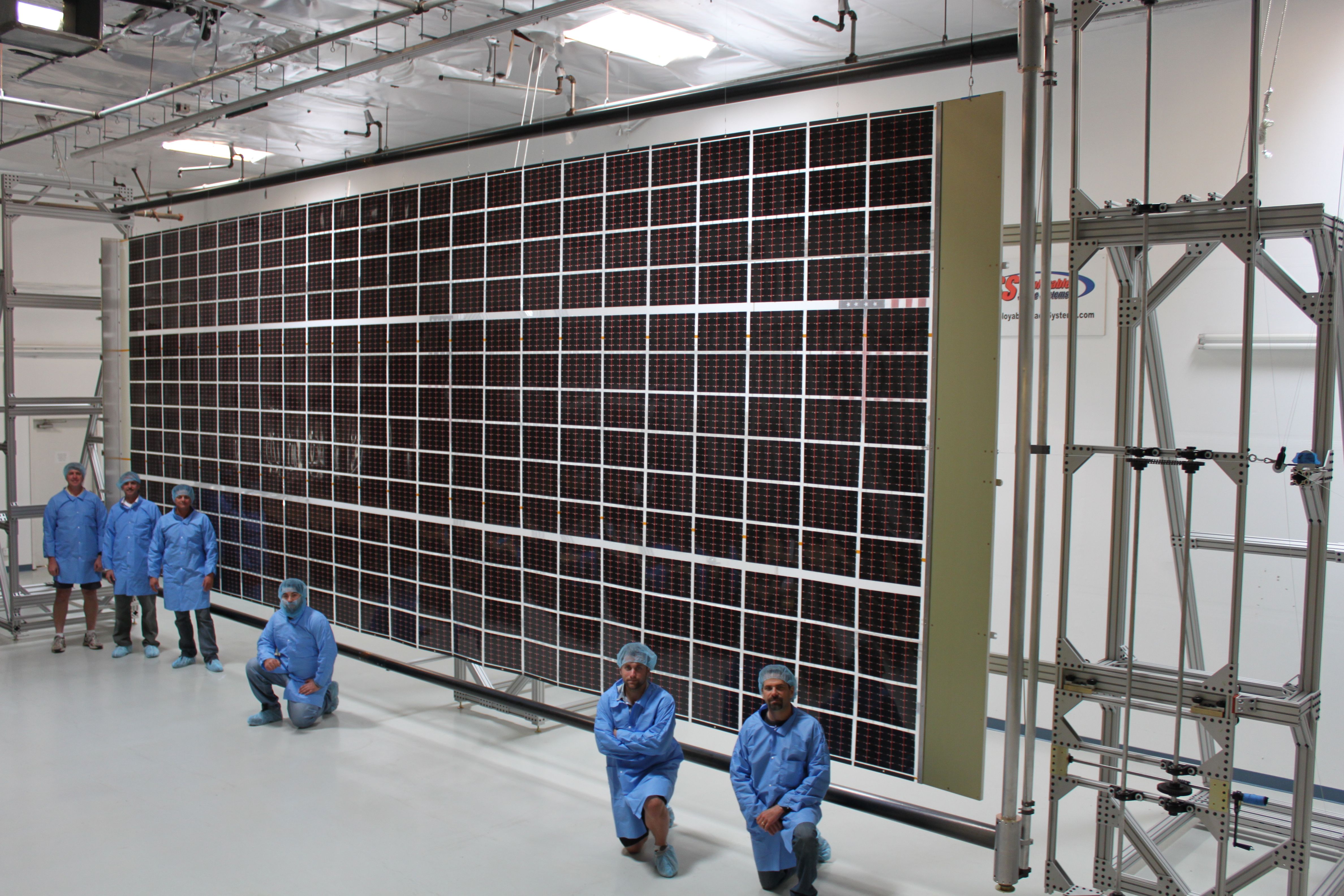Page 11016
Jul 21, 2016
How Heidi Klum fooled the Internet into thinking her new ad is a Sia video
Posted by Shailesh Prasad in categories: business, internet, virtual reality
The team is now embarking on its most ambitious project yet, a wide-reaching virtual reality network called Project Sansar that is, in many ways, aiming to become a new layer of reality that gives individuals and businesses a space to experiment with VR environments for their first time.
I had the chance to sit down for a demo of Sansar with Linden Lab CEO Ebbe Altberg this past week and take an early look into some of the platform’s first environments.
Traversing the worlds of Sansar and chatting with my guide, Linden Lab VP of Product Bjorn Laurin, was a mostly seamless experience but still an oddly unsettling one. It’s not that anything was particularly creepy about the place I was viewing through an Oculus Rift headset. Sansar is visually placid and often beautiful, but it’s also startlingly scalable and boundless. Scale is something that’s often taken for granted in an age of video game epics like Skyrim and GTAV, but when every horizon you see through your own point-of-view is conquerable, you’re left to either feel very bold or very lost.
Continue reading “How Heidi Klum fooled the Internet into thinking her new ad is a Sia video” »
Jul 21, 2016
Better Than Blood?
Posted by Shailesh Prasad in categories: biotech/medical, food, neuroscience
Grace LeClair had just finished eating dinner with friends when she got the phone call every parent dreads. The chaplain at the Medical College of Virginia was on the other end. “Your daughter has been in a serious accident. You should come to Richmond right away.” LeClair was in Virginia Beach at the time, a two-hour drive from 20-year-old Bess-Lyn, who was now lying in a coma in a Richmond hospital bed.
The friend who was with Bess-Lyn has since filled in the details of that day in March. The two women were bicycling down a steep hill, headed toward a busy intersection, when Bess-Lyn yelled that her brakes weren’t working and she couldn’t slow down. Her friend screamed for her to turn into an alley just before the intersection. But Bess-Lyn didn’t turn sharply enough and crashed, headfirst, into a concrete wall. She wasn’t wearing a helmet. By the time the ambulance reached the hospital, Bess-Lyn was officially counted among the 1.5 million Americans who will suffer a traumatic brain injury (TBI) this year.
Bess-Lyn’s mom was halfway to Richmond when she received a second call, this time from a doctor. “He was telling me that she had a very serious injury, that she had to have surgery to save her life and that if I would give permission, they would use this experimental, not-approved-by-the-FDA drug,” Grace LeClair recalls. “He said that it would increase the oxygen supply to her brain. To me that only made sense, so I said yes.”
Jul 20, 2016
Atom-scale storage holds 62TB in a square inch
Posted by Shailesh Prasad in categories: computing, mobile phones, particle physics

Storage tech doesn’t get much better than this. Scientists at TU Delft have developed a technique that uses chlorine atom positions as data bits, letting the team fit 1KB of information into an area just 100 nanometers wide. That may not sound like much, but it amounts to a whopping 62.5TB per square inch — about 500 times denser than the best hard drives. The scientists coded their data by using a scanning tunneling microscope to shuffle the chlorine atoms around a surface of copper atoms, creating data blocks where QR code -style markers indicate both their location and whether or not they’re in good condition.
Not surprisingly, the technology isn’t quite ready for prime time. At the moment, this storage only works in extremely clean conditions, and then only in extreme cold (77 kelvin, or −321F). However, the approach can easily scale to large data sizes, even if the copper is flawed. Researchers suspect that it’s just a matter of time before their storage works in normal conditions. If and when it does, you could see gigantic capacities even in the smallest devices you own — your phone could hold dozens of terabytes in a single chip.
Continue reading “Atom-scale storage holds 62TB in a square inch” »
Jul 20, 2016
Physicists Say They’ve Figured out How Spacecraft Could Make It Through a Wormhole
Posted by Andreas Matt in categories: climatology, cosmology, physics, space travel, sustainability

A new paper asserts that a physical body might be able to pass through a wormhole in spite of the extreme tidal forces that are at play.
A physical object, such as a person or a spacecraft, could theoretically make it through a wormhole in the centre of a black hole, and maybe even access another universe on the other side, physicists have suggested.
Jul 20, 2016
World’s Fastest Consumer Drone Flies Up To 85 MPH
Posted by Dan Kummer in category: drones
#Drone enthusiasts! New store-bought Teal modular will become the “drone of your dreams,” new #tech could compete in #DroneRaces.
Jul 20, 2016
Roll Out Solar Array Technology: Benefits for NASA, Commercial Sector
Posted by Klaus Baldauf in categories: biotech/medical, internet, satellites, solar power
NASA’s Space Technology Mission Directorate (STMD) worked with two private firms to develop advanced structures for high power solar arrays that are stronger, lighter, and package more compactly for launch. This technology investment furthers the agency’s deep space exploration goals and aids the commercial communications satellite industry, the provider of direct-to-home television, satellite radio, broadband internet and a multitude of other services.
The Roll Out Solar Array (ROSA) is one of the options eyed by NASA that could power an advanced solar electric propulsion spacecraft that makes possible such endeavors as the agency’s Asteroid Redirect Mission—plucking a multi-ton boulder from an asteroid’s surface, and then maneuvering that object into a stable orbit around the moon for human inspection and sampling.
Tapping into ROSA technology allows the conversion of sunlight into electrical power that drives the ion thrusters of a solar electric propulsion spacecraft. ROSA is expected to enable a number of space initiatives and is a cost-saving plus to transport cargo over long distances beyond the Earth.
Continue reading “Roll Out Solar Array Technology: Benefits for NASA, Commercial Sector” »
Jul 20, 2016
YouTube video of golfer Bubba Watson trying out futuristic transport system on the course
Posted by Dan Kummer in categories: futurism, transportation

Pro-golfer and world number 5, Bubba Watson, has been trialling the pack at a New Zealand golf course in a video for Oakley, which sees the golfer zoom about on the greens.
Jul 20, 2016
Watch A German Robot Grill Sausages To Perfection
Posted by Dan Kummer in categories: food, robotics/AI
Tl;dr: Yes, but it’s unlikely.
If black holes attract your attention, white holes might blow your mind.
A white hole is a time-reversed black hole, an anti-collapse. While a black hole contains a region from which nothing can escape, a white hole contains a region to which nothing can fall in. Since the time-reversal of a solution of General Relativity is another solution, we know that white holes exist mathematically. But are they real?















